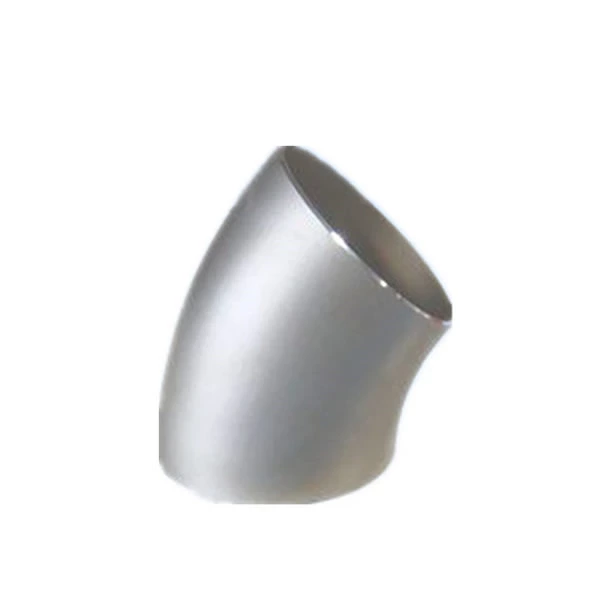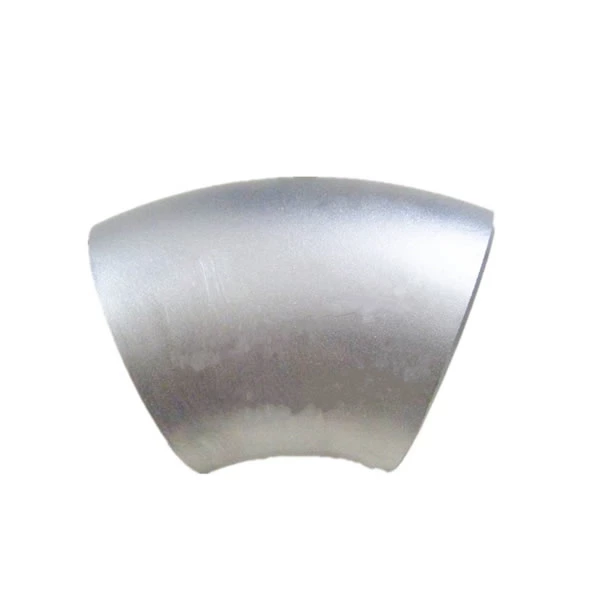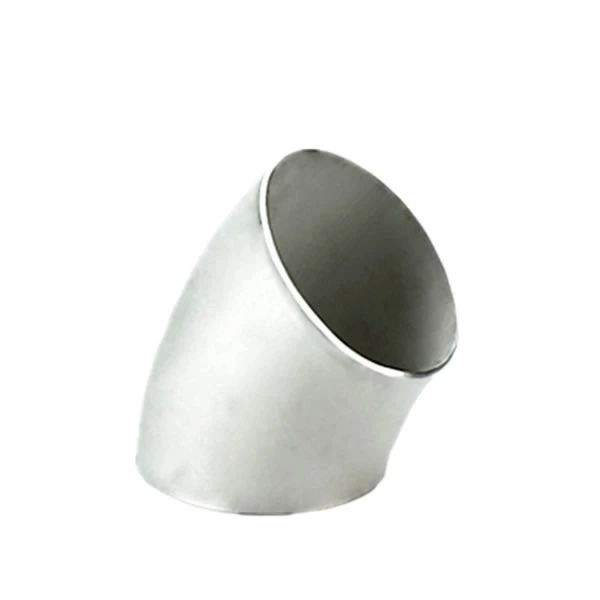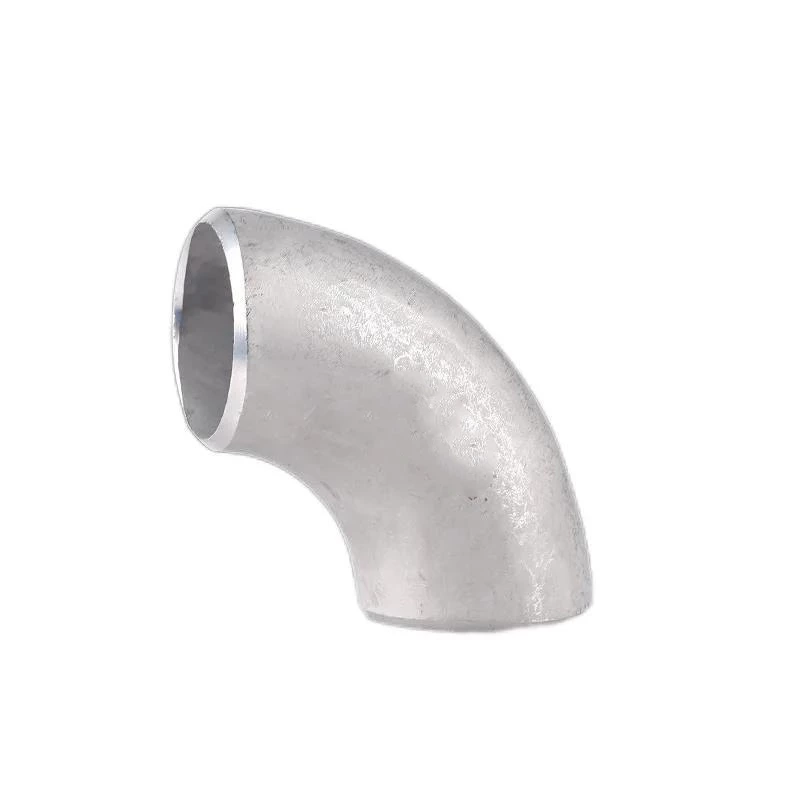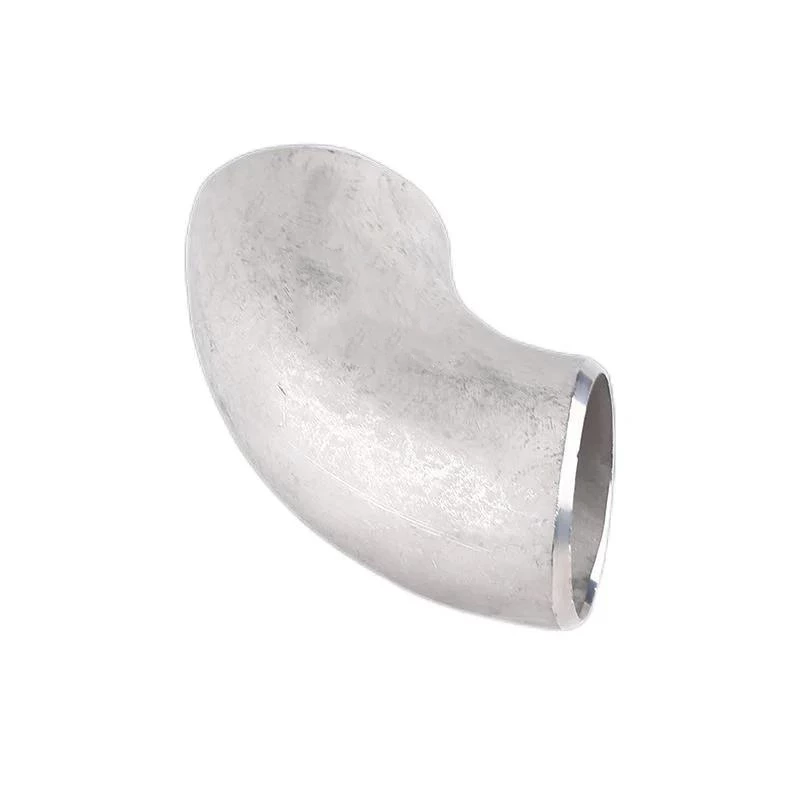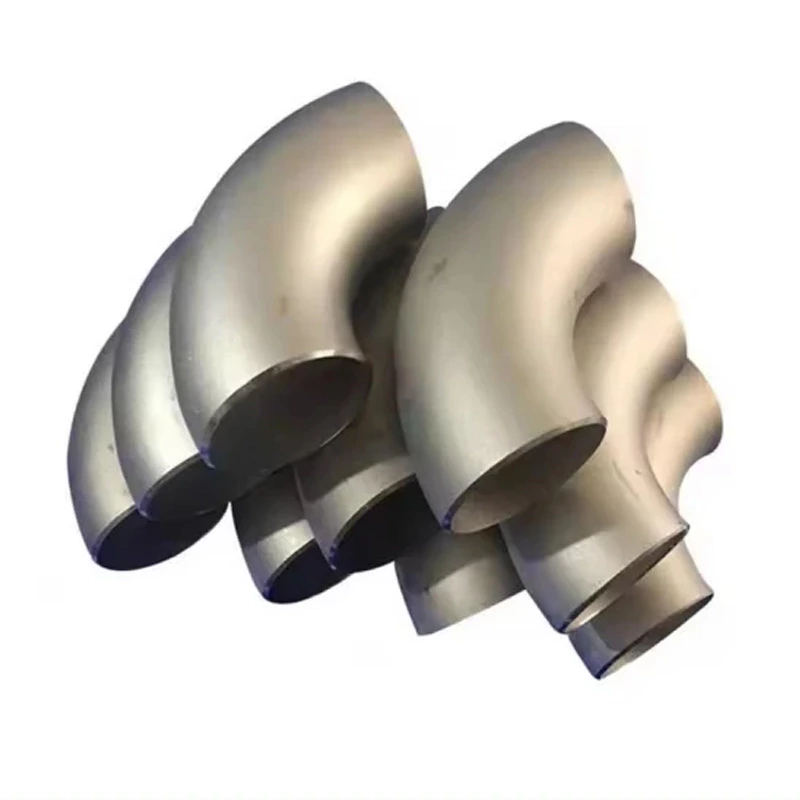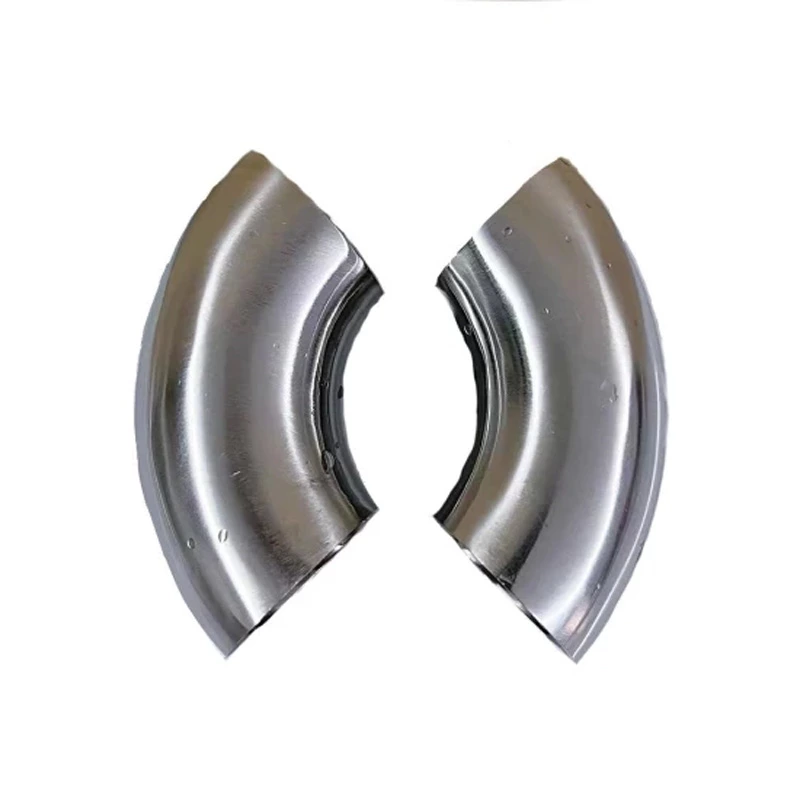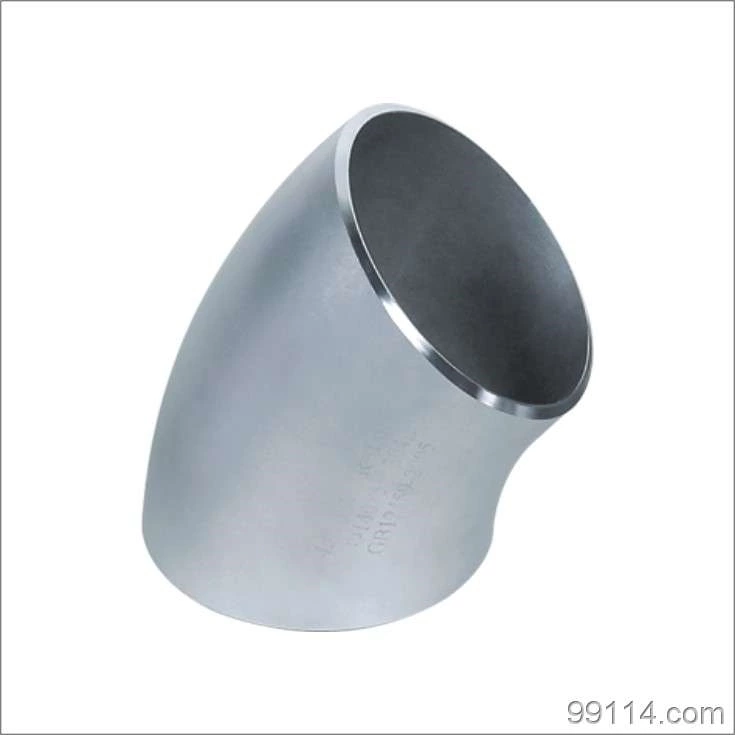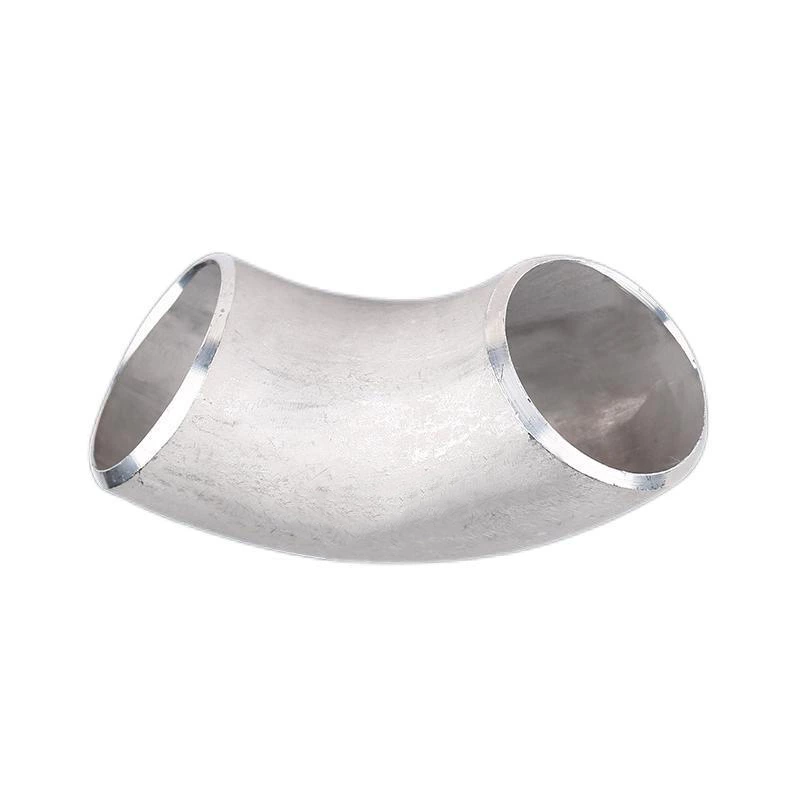Brief Introduction To Common Process Detection Methods For Thick-walled Stainless Steel Pipe Fittings
Stainless Steel Weld Fittings What are the common process testing methods:
1. Upset test: hammer or forge a sample of a specified size. Test to check the ability of alloy steel elbows to accept plastic deformation of upset at room temperature or hot conditions and show its defects. Upset test conducted at room temperature is called room temperature upset test, also known as cold upset test. Upset test conducted under hot conditions is called hot upset test;
2. Pipe curling test: press the top of a specified shape into one end of the metal pipe, so that the pipe wall is rolled evenly to a specified size, and the ability of the pipe wall to accept plastic deformation of external rolling is tested and its defects are shown;
3. Pipe hydraulic test: alloy steel elbow manufacturers fill the metal pipe with water or specified liquid, and accept specified pressure within a corresponding time to check the quality and strength of the elbow and show its defects;
4. Hardenability: refers to the ability of steel to accept quenching after austenitization, or the tendency of austenite to change to martensite, which is often explained by the depth of the hardened layer. The hardened layer refers to the distance from the surface to the semi-martensite layer. For alloy structural steel, the method for testing hardenability is mainly the standard structural steel end quenching test method in my country;
5. Machinability: The performance of elbow materials when processed with cutting tools. When cutting or grinding, it is easy to achieve a good surface processing accuracy, and the tool is not easy to wear, the chips are easy to fall off, and the cutting force is small, which all indicate that the metal material has good machinability.
6. Bending test: Use a regular standard bending center to bend the sample to a regular degree to test the metal's ability to withstand bending plastic deformation and reveal its defects. Generally, the diameter standard of the bend core, the bending angle and the requirements for the surface of the bend should be specified;
7. Pipe bending test: bend the sample to a specified degree at the grooved bend core to check the ability of the elbow to withstand plastic deformation of bending and show its defects;
8. Pipe flattening test: flatten the metal pipe to a specified standard to check its plastic deformation ability and show its defects;
9. Pipe expansion test: press the top center of the specified taper into one end of the metal pipe to expand the diameter evenly to the specified standard, check the ability of the elbow to radially expand plastic deformation and show its defects;
10. Repeated bending test: clamp one end of the sample. Repeated 90-degree reverse bending is performed on the cylindrical surface of a regular radius to test the metal's ability to withstand repeated bending and reveal its defects;
Stamping can produce parts with a large range of sizes and complex shapes, such as stopwatches as small as clocks, longitudinal beams of automobiles, covers, etc., and the cold deformation hardening effect of the material during stamping makes the strength and rigidity of the stamping relatively good. Compared with the hot push process, the appearance quality of stamping is not as good as the former;
